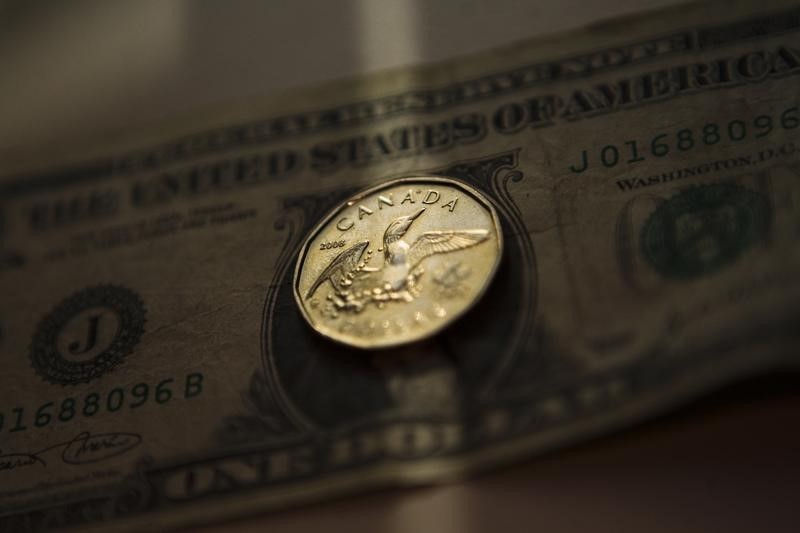Investing.com - The Canadian dollar pulled back from almost six-week lows against the U.S. dollar on Thursday as disappointing U.S. economic data saw traders push back expectations on the timing of a near-term rate hike by the Federal Reserve.
USD/CAD was last at 1.3191, after rising to intra-day highs of 1.3236 earlier, the most since July 27.
The Commerce Department reported that U.S. retail sales fell 0.3% in August, worse than expectations for a 0.1% decline. It was the first decline in five months.
In a separate report, the Department of Labor said the number of Americans filing for unemployment benefits rose less than expected last week, pointing to further tightening in the labor market.
But the Labor Department also reported that U.S. producer prices were flat in August.
The data indicated that the Fed will leave interest rates unchanged at its next meeting, which is scheduled for September 20-21.
The data came after Fed Governor Lael Brainard said Monday that the case to tighten monetary policy in the coming months is less compelling.
The Fed raised interest rates for the first time in almost a decade in December.
Expectations of higher interest rates typically boost the dollar by making it more attractive to yield seeking investors.
The U.S. dollar index, which measures the greenback’s strength against a trade-weighted basket of six major currencies, was flat at 95.39.
The loonie has weakened in recent weeks as continued weakness in oil prices pressured the risk-sensitive commodity-linked currency lower.
Oil prices have come under pressure amid expectations that a global oil glut is likely to persist well into next year.
In Canada, data on Thursday showed that household debt as a share of income rose to a record high in the second quarter.
Statistics Canada said the ratio of household credit market debt to disposable income rose to 167.6% in the three months to June from 165.2% in the previous quarter.
The report is likely to underline concerns about overborrowing by consumers.
